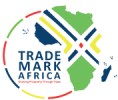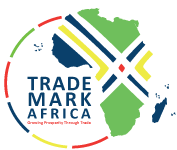Gitega — As part of its objective to increase the participation of women in the electoral process in Burundi, the EAC Secretariat, together with joint efforts from the Common Market for Eastern and Southern Africa (COMESA), held plenary discussions to women groups in the town of Gitega, Burundi from 11th - 12th March, 2015. The participants were drawn from the provinces of Gitega, Karuzi, Muramvya, Kayanza and Mwaro, in the northern and central parts of the country. The women's dialogue brought together women leaders from political parties; civil society organizations (CSOs); faith-based organizations (FBOs); national and local administration; security and defence; members of the press and eminent persons from the EAC and COMESA regions, to a roundtable discussion to tackle the challenges facing women in the electoral process. Some challenges were identified as the fear of women to participate in the forthcoming elections due to discouraging messages from politicians, concerns of fewer women candidates to vote for, inadequate participation of women in intra-party policy formulation, lack of self-belief among women that they can achieve anything thus the lack of mutual support for women candidates, lack of awareness on the existing electoral laws, lack of common understanding on the provisions of the Arusha Agreement and the Constitution in regards to the number of presidential terms, poor security and lack of resources for women to participate in electoral politics. In response to these challenges, eminent persons from the EAC-COMESA committed themselves to working in solidarity with the Burundi Women in the period...
EAC-Comesa women’s dialogue ends with promising changes toward peaceful elections in Burundi
Posted on: March 17, 2015
Posted on: March 17, 2015















